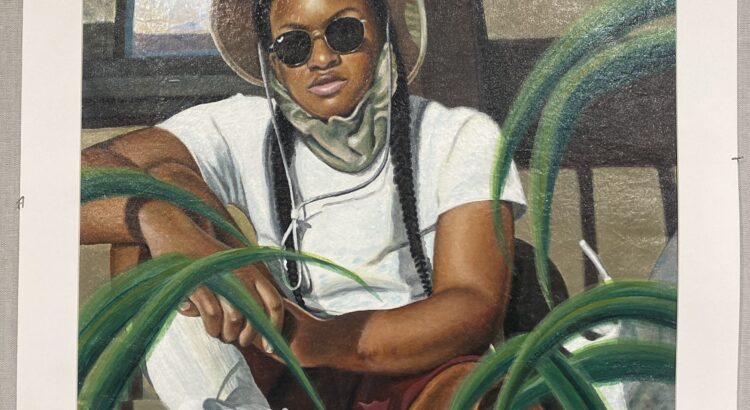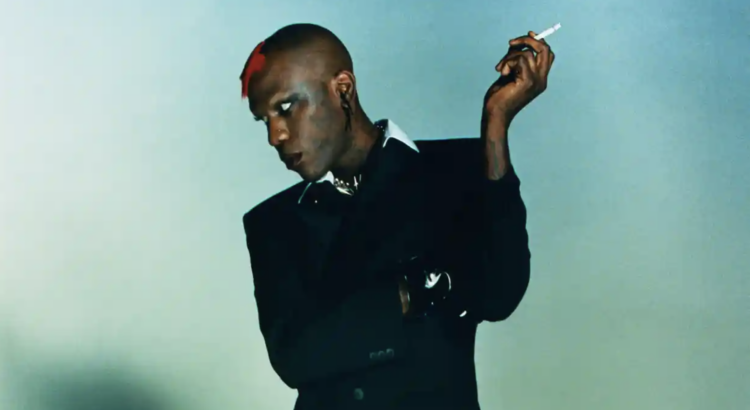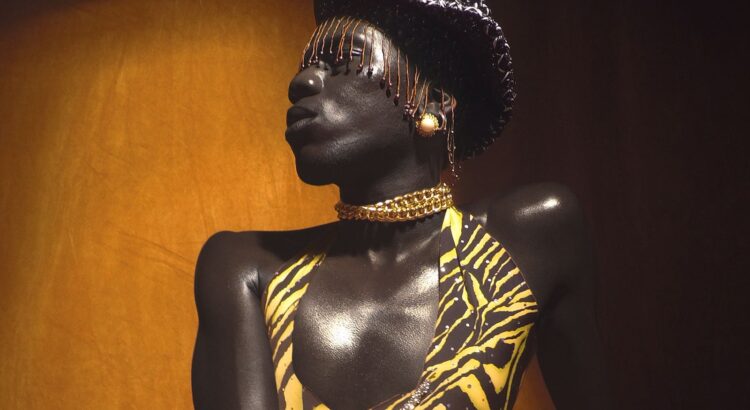In 2022, photographer Chuck Fishman traveled to Poland to photograph the influx of refugees from Ukraine. He wasn’t capturing the devastation and agony of the war, but rather something optimistic: the power of humanity in healing and uplifting communities and the ability for different groups to band together in times of exhaustion and pain. The Copernicus Center for Polish Studies, or CCPS, is holding an exhibition of Fishman’s work, titled Survivors Saving Survivors: Photographing the Ukrainian Refugee Experience in Poland. Surprisingly accessible at 547 Weiser Hall, which is right next to the Central Campus Transit Center, this exhibition is a great opportunity for students to learn about global current events, empathize with victims of crisis and war, and view the extraordinary work of an acclaimed photographer.
As a traditional artist, photography hasn’t been within my range of intense interests, but recent coursework and experimentation has led me deeper into the realm of reportage photography. I find photojournalism that has an empathetic and humanitarian approach fascinating— when the photographer strives to portray the complicated humanity within global crises, the audience is shown something emotionally important that is not typically portrayed through unbiased journalism. Chuck Fishman is noted— and has received awards— for his often black-and-white portrait photography of social and political issues in particular. He initially photographed Jewish life in Poland since 1975, and has traveled around the world to capture everything from the energy of political figures to joyous cultural moments in jazz clubs. His photographs have appeared on the covers of Time, Life, Fortune, Newsweek, The London Sunday Times, The Economist, and many others. I am intrigued to see how Fishman has portrayed the current crisis. and what kind of narratives can be brought to the surface.
The exhibition runs through April 28th, and it’s smack in the middle of central campus, tucked where you wouldn’t even notice it. Head to the International Institute Gallery at 547 Weiser anytime between 8am and 5pm to see some incredible work from an experienced artist and learn more about the Ukrainian refugee experience in Poland.













